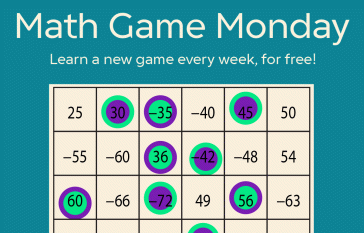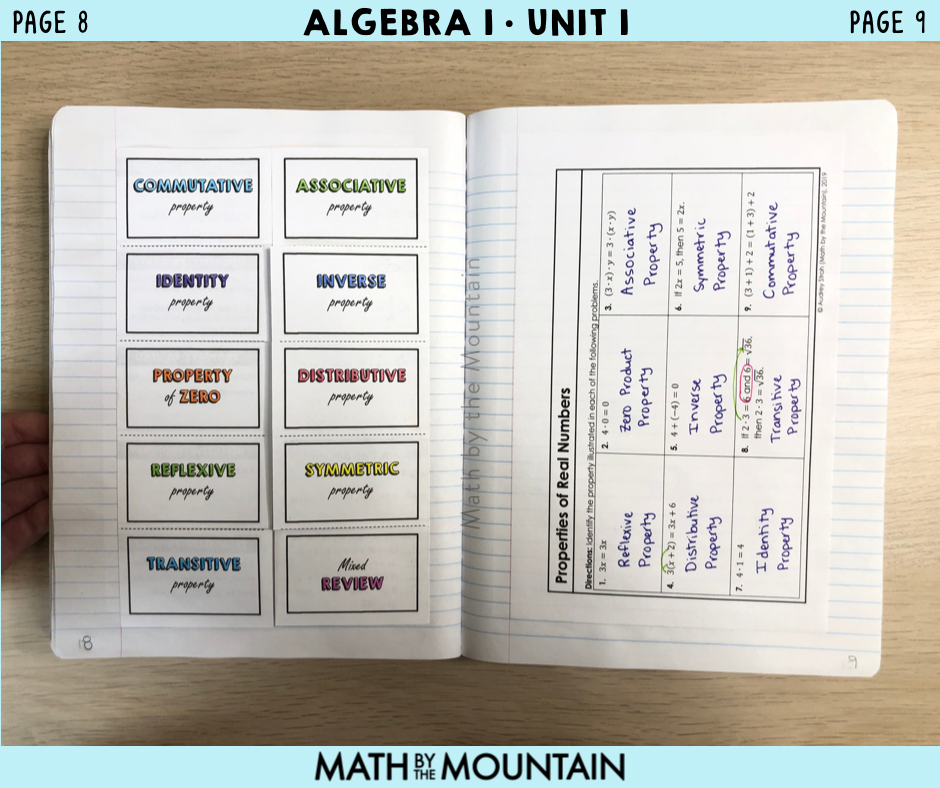
Cat games are very popular these days. There is something for everyone, from 3DS launch titles to table-tennis balls. These games are great for getting your children interested in cats, while also providing some exercise. Whether you prefer to spend time with your cats playing in the backyard or taking them on adventures around town, these games will provide hours of fun for everyone. However, if you're not a seasoned player, there are plenty other cat games that won't be as difficult.
Table tennis balls
Table tennis balls are very popular with cats. Table tennis balls can be a fun way for your feline companions to exercise. These toys can keep cats entertained for hours because cats are intelligent and quick. Play with your cat! Purchase a Pingpong Ball from the Shop. A ping-pong ball bounces with a satisfying clap, and your cat will definitely get into it. The cat that is drooling or looking bored is probably having the most fun with this activity.

Sticks with hanging figures
Cats love toys that dangle from sticks. Some cats jump to catch them. Although this is their last attempt to catch the prey, it's a worthwhile effort. Cats are more likely to chase their prey on the ground than they are to jump for them. Even older cats will jump on toys, which isn't as dangerous as it sounds. However, this can cause stress so make sure that your cat doesn't stop playing with the toy.
Nintendogs + Cats
Nintendogs + Cats offers a realistic pet simulation video game. It is the sequel Nintendogs (a popular Nintendo DS pet game series). The game is based on the real-world pet-keeping experience and features realistic physics. Players can choose between different types of cats and dogs, and interact with them in real-time. Like other Nintendogs titles it is simple to find a companion dog or cat to play with.
Gravity Rush
Gravity Rush, a game that allows you to control gravity, is great. The commercial features a young Japanese graduate student as the title character and a cat named Gravity. Both the cat (and the human) are equally adorable, and both are intended to make you laugh. It's also fun for people who don’t love video games but still enjoy cats. This game involves two sisters and one cat.

Cat Fishing 2
Cat Fishing 2: Cat Fishing 2 is the latest update to Friskies. The app is free to download for iOS and Android devices. The app provides mental stimulation to cats and encourages them to hunt naturally. Your cat can participate in social activities such as hunting for prey or taking part in tournaments online. The Google Playstore offers the app as a download.
FAQ
What is the difference between public and private schools?
All students are eligible to attend public schools for free. They provide education for students from kindergarten through highschool. Tuition fees for private schools are payable by each student. They offer education from preschool through college.
Charter schools can also be found, which are privately owned but are not publicly funded. Charter schools don't use traditional curricula. Instead, they give their students more freedom to learn what interests them.
Charter schools are a popular choice for parents who believe all children should have access and quality education regardless their financial situation.
How much does homeschooling cost?
Homeschooling does not require you to pay a set fee. Some families charge between $0-$20 per lesson. Other families offer free services.
But homeschooling is not easy. It requires commitment and dedication. Parents need to make sure they have enough time to spend with their children.
Access to books, materials, and other learning aids is essential. Homeschoolers often need to take advantage of community events and programs to supplement their curriculum.
Parents should consider the cost of transportation, tutors, extracurricular activities, and other expenses.
In addition, homeschoolers must plan ahead for field trips, vacations, and special occasions.
What amount of money can a teacher earn in early education? (earning potential)
An average salary for an early childhood teacher is $45,000 annually
There are however areas where salaries are higher than the average. For example, teachers in large urban school districts typically receive more pay than those in rural schools.
Salaries depend also on factors like the size of a district and whether a teacher has a master’s or doctorate.
Teachers start off making less money than other college graduates simply because they don’t have much experience. Their wages can rise over time though.
What does it take to be a teacher of early childhood education?
Teacher in early childhood education needs to have specific training. Most states require applicants for teaching positions to have certification from the state board before they are allowed to work in public school.
Some states require teachers pass reading and math tests.
Some states require that teachers have completed a minimum number of courses related to early childhood education.
Many states have minimum requirements for teachers. These requirements are not the same in every state.
What factors should you consider when choosing your major?
You should first decide whether you would rather go straight into a profession or go to college first. First, make a list about your interests and talents. Your interests can come from reading, listening to music, watching movies, talking to people, playing sports, working around the house, etc. Your talents could include singing, writing, painting, sewing, crafting, cooking, baking, cooking, woodworking and gardening. You can use your interests and talents to help you select a major.
Fine arts or art history might interest you if your dream is to be an artist. Biology could appeal to you if animals are your passion. If you'd like to become a doctor, you might look at pre-medicine or medical technology. Computer science or computer networking might be a good choice if you are looking for a career that involves computers. There are many choices. Just think carefully about what you'd like to do.
Statistics
- Data from the Department of Education reveal that, among 2008 college graduates, 92.8 percent of humanities majors have voted at least once since finishing school. (bostonreview.net)
- Globally, in 2008, around 89% of children aged six to twelve were enrolled in primary education, and this proportion was rising. (en.wikipedia.org)
- Among STEM majors, that number is 83.5 percent. (bostonreview.net)
- In most developed countries, a high proportion of the population (up to 50%) now enters higher education at some time in their lives. (en.wikipedia.org)
- They are more likely to graduate high school (25%) and finish college (116%). (habitatbroward.org)
External Links
How To
What is vocational education?
Vocational education is an educational program that prepares students to work after high school and college. It teaches them specific skills for specific jobs (such as welding). It includes training on the job in apprenticeship programs. Vocational education is different from general education in that it prepares individuals for specific career paths rather than acquiring broad knowledge for future uses. The goal of vocational education is not necessary to prepare people for university study but to help them find jobs upon graduation.
Vocational education may be provided at all levels of schooling, including primary schools, secondary schools, colleges, universities, technical institutes, trade schools, community colleges, junior colleges, and four-year institutions. You can also find specialized schools such a culinary arts school, nursing school, law school, medical schools or dental schools. Many of these schools provide both academic instruction as well as practical experience.
In recent decades, many countries have made large investments in vocational training. However, the effectiveness of vocational education remains controversial. Some critics say it does not improve students' employability. Other argue that it prepares them well for life beyond school.
According to the U.S. Bureau of Labor Statistics 47% of American adults have a postsecondary certificate. This figure is higher for those with more education. 71% (25-29) of Americans have a bachelor's level or higher and work in fields that require a postsecondary degree.
In 2012, the BLS reported that nearly half of the nation's adult population had at least some form of postsecondary credential. Around one-third of Americans hold a two or four-year associate degree. One fifth of Americans have a master's, or doctorate.
The median annual wage for individuals with a bachelor's in 2013 was $50,000. This was compared to $23,800 when they had no degree. The median income for those with advanced degrees was $81,300.
The median income for those who have not completed high school was just $15,200. For those who did not complete high school, the median annual salary was only $15,200.